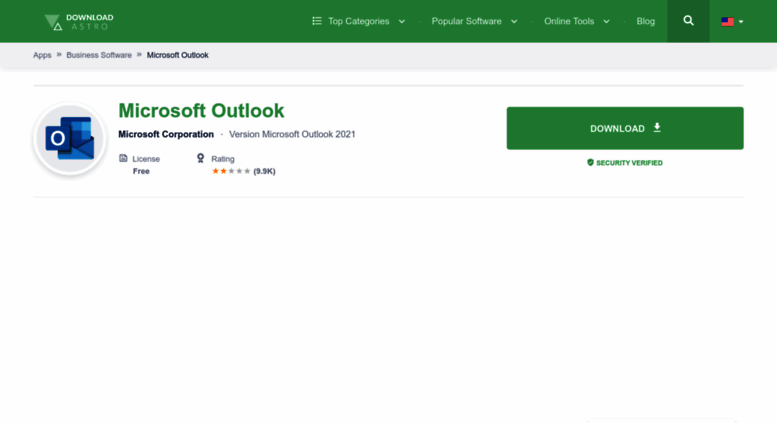

The new default theme of Office 2016 is called “Colorful” and the Ribbon and other accent colors for each Office application match their “icon color”. The default theme of Office 2013 got quite a bit of negative feedback since the color scheme basically lacked, well., color.


New Colorful theme and other Ribbon changes However, not all of them are visible changes but mainly technical (like performance improvements and the reduction of using foreground threads to perform certain operations) or are not visible to everyone as they require you to use an Exchange or Office 365 account.īelow is an overview of the major new features that were added to Outlook 2016. It may not have been the biggest change, but it was very warm welcomed one.įor more information see: To-Do Bar Calendar functionality in Outlook 2013Įven though Outlook 2016 looks very much like Outlook 2013, is does include quite a few improvements. Outlook 2010 always showed it from the current day. In addition, they added the feature that it will show the appointments from the selected day onwards. In a later update, this limitation got adjusted and showed appointments for up to 7 upcoming days if space permits it. Originally, the redesigned (or actually rewritten) To-Do Bar only showed the appointments for the current day, even when there was space for showing more appointments. Granted, this improvement could also be seen as a bug-fix as it reintroduced functionality that was already available in Outlook 2010. Introduced in Outlook 2013: To-Do Bar improvements The Minimal Message Header layout was later added to Outlook 2013. This wasn’t optimal for various screen sizes and tablets with small screens and a high DPI setting that were later introduced.Īside from reducing the size of the message header in a later update, new features were also introduced which allowed you to choose how various message header details were displayed which could reduce the size of the message header even more.įor more information see: Minimizing the message header in Outlook 2013 The major user interface redesign of Outlook 2013 originally had quite a large message header. Outlook 2016 also still offers support for the the RPC over HTTP Exchange connectivity support for backwards compatibility with Exchange 2010.įor more information see: Introducing Outlook Connectivity with MAPI over HTTP Later added to Outlook 2013: Minimize message header It also offers support for native multi-factor authentication for Exchange accounts. MAPI over HTTP is the Exchange connectivity protocol that got introduced in Exchange 2013 SP1 and Outlook 2013 SP1.įrom an end-user perspective, this protocol offers faster reconnections to the Exchange server when for instance resuming from hibernation or switching between a wired and wireless connection. Later added to Outlook 2013: MAPI over HTTP support Any real changes had to wait for the next version release.īelow are a few examples of some of the major improvements that were later added to Outlook 2013 which previously would be seen as “Outlook 2016 development time”. Nevertheless, this is quite a change with how it worked for previous versions of Office as they only got (bar a handful small exceptions) security updates and bug-fixes. Most of them might not have been directly noticeable to everyone as they were either small, very specific to a certain working scenario or had to do with how Office works “underneath”. Major new features released during Outlook 2013Īs mentioned, during the main lifespan of Outlook 2013, various new features and changes have been introduced as well.
MICROSOFT OUTLOOK VERSION COMPARISON UPGRADE
In fact, if it wasn’t for the new default “colorful” theme, you’d hardly notice the upgrade to Outlook 2016 at first sight. Upgrading to Outlook 2016 from Outlook 2013 is easy and you’d probably need very little time to adjust yourself to it.


 0 kommentar(er)
0 kommentar(er)
